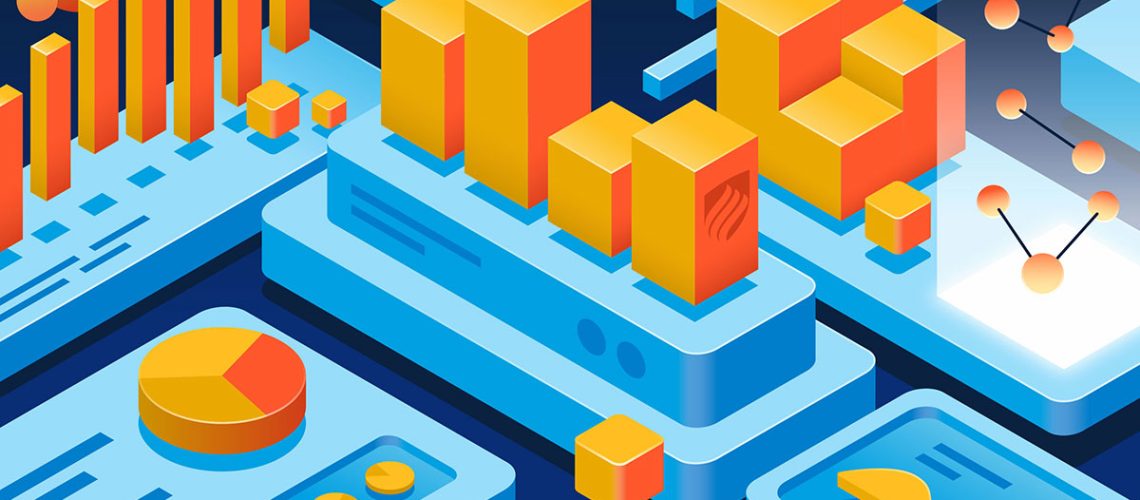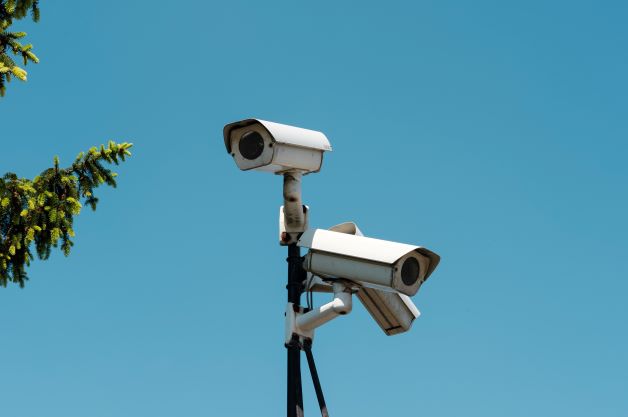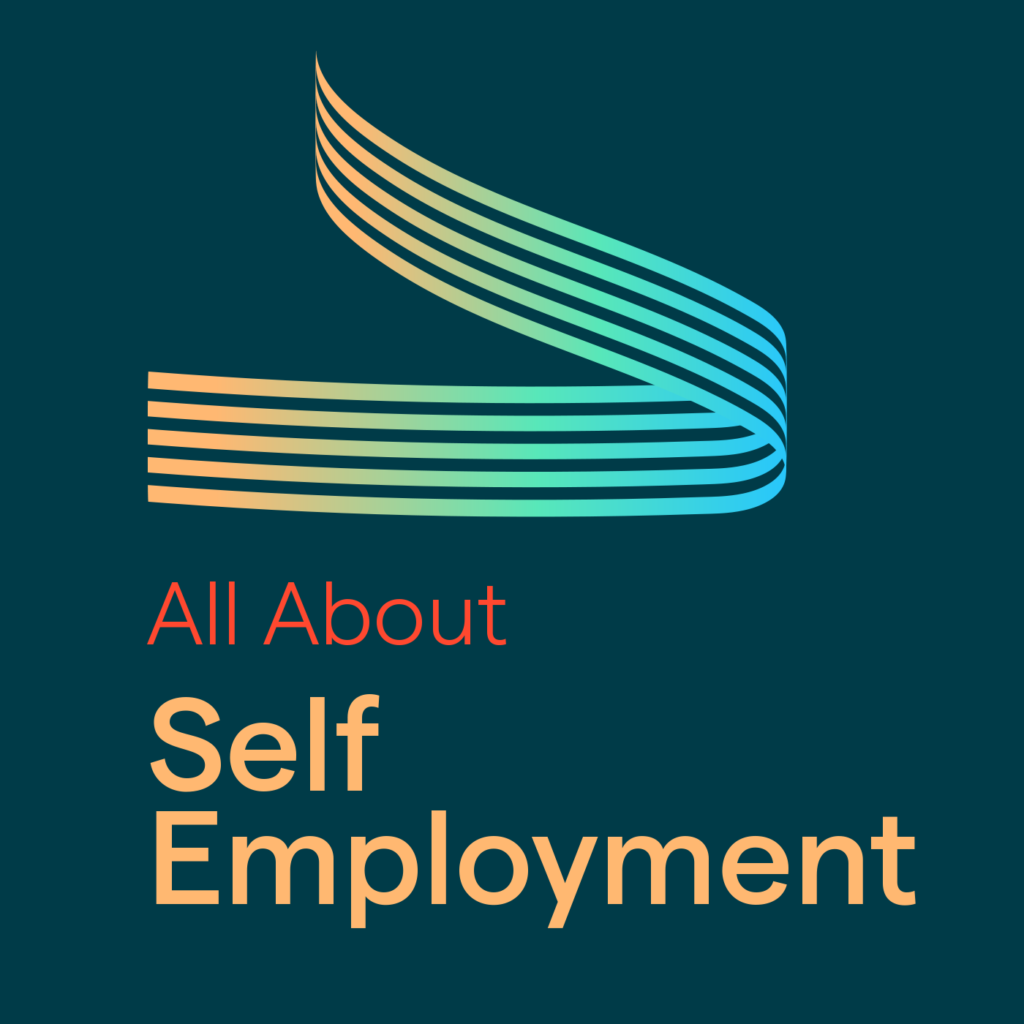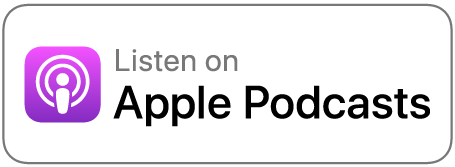Making Tax Digital (MTD) is simply the government’s programme to make the whole of the tax system digital and to make it more effective, efficient and easier for individuals and businesses to get their tax right.
It is based around digital interactions with HMRC to ensure that tax records are accurate and submitted regularly. The idea is that Making Tax Digital will ultimately make things quicker and easier for everyone.
MTD for VAT was a requirement introduced on 1 April 2019. It was designed around those companies and self-employed workers (sole trader and limited company) that were VAT registered who had taxable turnover above the £85,000 VAT threshold.
Those entities that have been VAT registered but not gone over the threshold are exempt from MTD, although they can voluntarily join the service.
VAT-registered businesses with a taxable turnover below £85,000 will be required to follow Making Tax digital rules for their first return starting on or after April 2022.
MTD requires VAT-registered businesses and self-employed entities that are in scope to keep records and file their VAT returns digitally every quarter through “functional and compatible software”.
The software you use will need to have minimum requirements under MTD. These include:
- The ability to allow you to keep digital records.
- The ability to allow you to send digital VAT information to HMRC using the API platform.
- Allow HMRC to send information to you via the API platform.
These requirements also do not have to happen via the same piece of software. You could, for instance, have a piece of software that keeps your digital records, and another piece of software that sends and receives communications with HMRC for you.
However, if you are using separate pieces of software, though, then HMRC will require them to be attached via a digital link.
What is a digital link?
A digital link is, essentially, what it means – the separate software will have to be linked together and digitally compatible so that they can communicate and move information between each other digitally.
Business and self-employed workers who fall under MTD are not allowed to manually enter the VAT information they’ve collected on a spreadsheet manually into the HMRC communication software, for instance.
It all must be digitally linked, and the software must communicate seamlessly with each other to submit your VAT records to HMRC. For the less tech-savvy, an all-in-one MTD software solution may be the best option for them.
What data needs to be stored as part of MTD?
Alongside quarterly returns, though, typical submission and payment dates for VAT will not change. The types of data that you will need to store as part of MTD include:
- The business’s name.
- Primary business address.
- VAT registration number.
- A record of any VAT accounting schemes that you may have used.
Input and output VAT data also needs to be stored, including date and value of supply, any exempt or zero-rated VAT, the rate of VAT charged to customers, and the amount of input tax to be claimed.
A VAT account will also have to be included; again, a good piece of MTD-compliant software that allows you to keep records easily and submit them to HMRC with little fuss will be the best way to stay MTD-compliant.
There may also be penalties for businesses who fall under MTD, but haven’t become MTD-compliant yet. HMRC has indicated, however, that it will be lenient with those trying their best to comply and who are finding the transition to MTD difficult.
Those who are found by HMRC to avoid compliance deliberately may be subject to penalties including fines and other sanctions depending on the size of the transgression.
Making Tax Digital for Income Tax
Self-employed businesses and landlords with annual business or property income above £10,000 will need to follow the rules for MTD for Income Tax from their next accounting period starting on or after 6 April 2023.
Some businesses and agents are already keeping digital records and providing updates to HMRC as part of a live pilot to test and develop the Making Tax Digital service for Income Tax.
If you are a self-employed business or landlord you can voluntarily use software to keep business records digitally and send income tax updates to HMRC instead of filing a self assessment tax return.
Summary
According to HMRC, avoidable mistakes with tax submissions cost the Exchequer £8.5 billion in 2018 to 2019.
HMRC believes that the MTD initiative will improve accuracy of their records, and with MTD capabilities being built into many software products enabling direct submission should make the process of managing tax much easier for all concerned.
Ultimately, the government hopes that MTD will reduce the amount of tax lost to avoidable errors.








